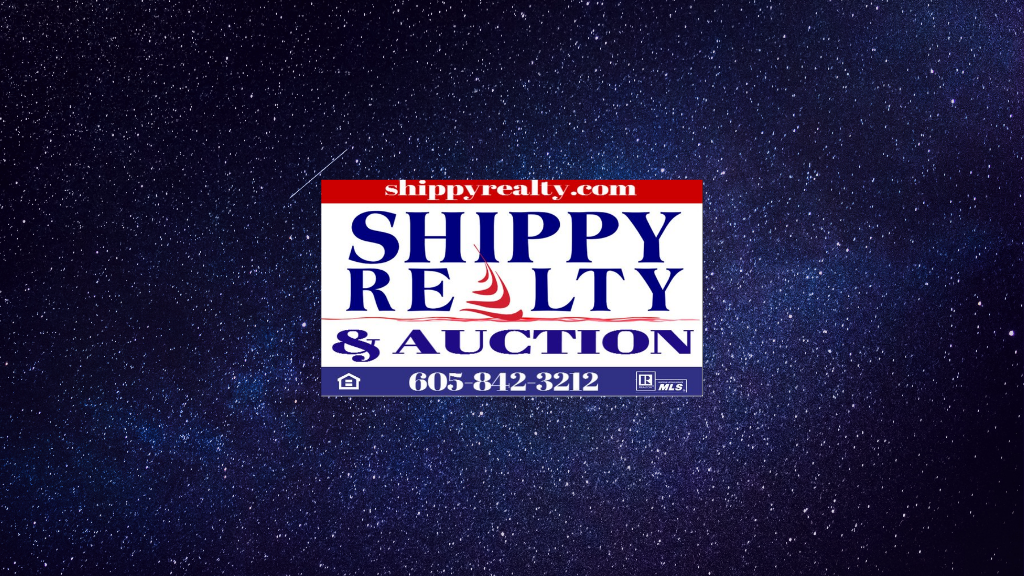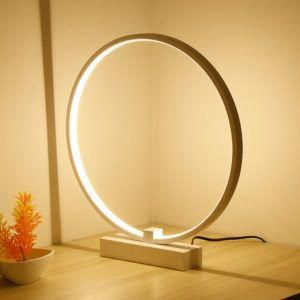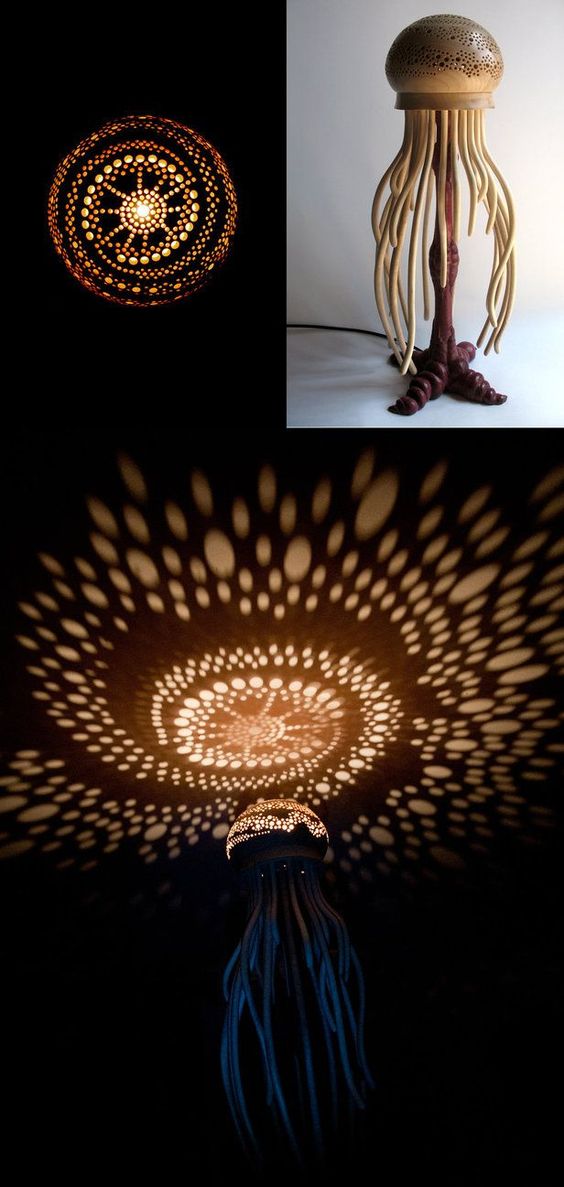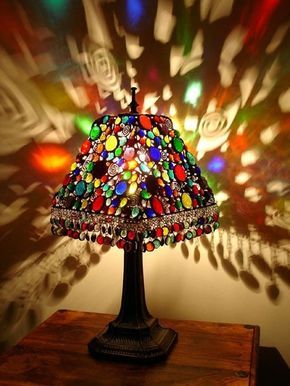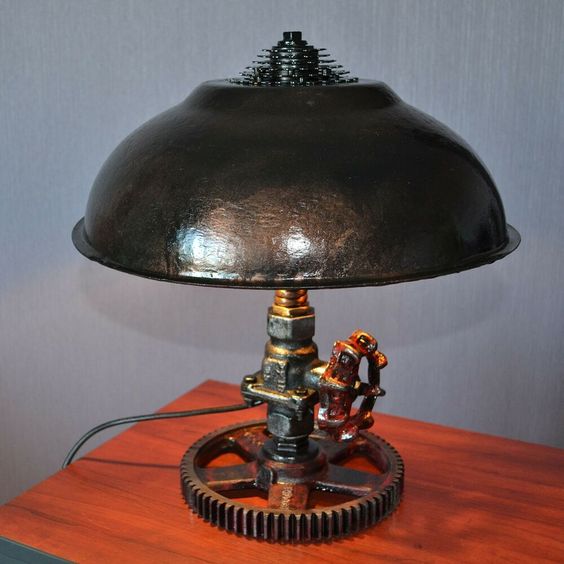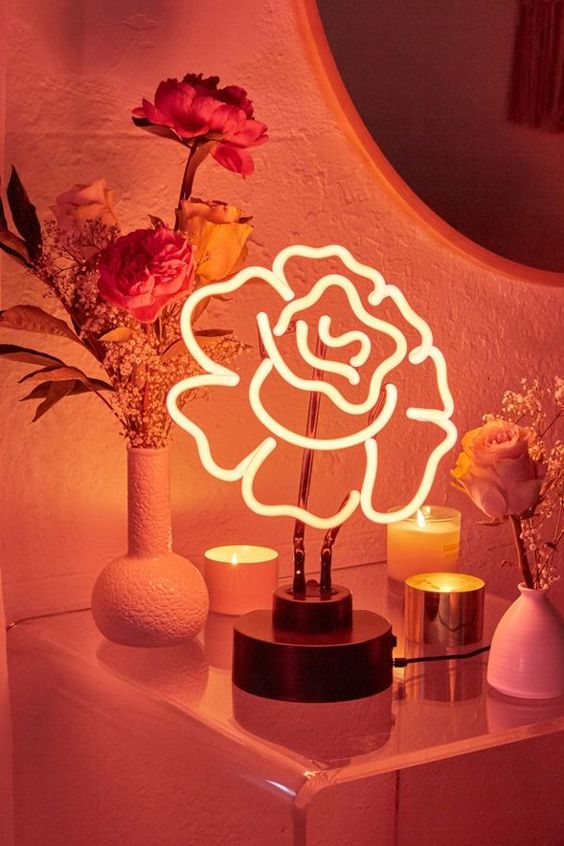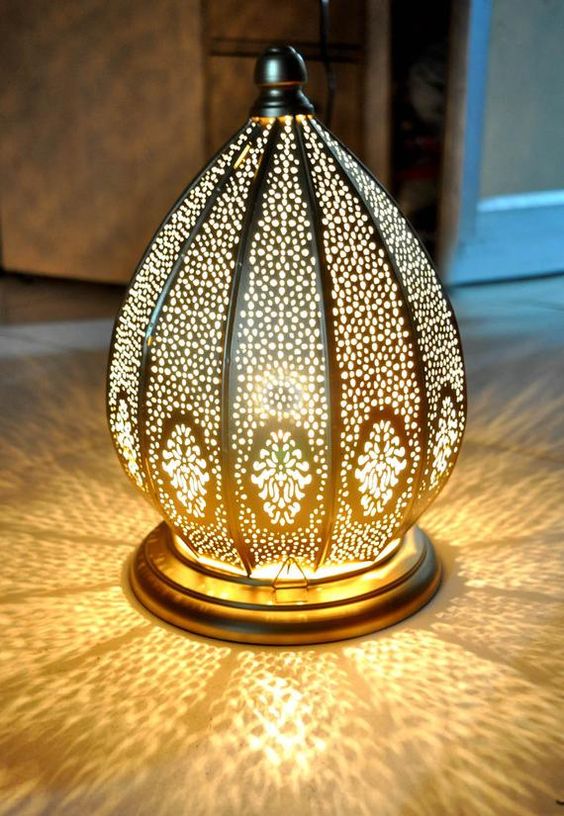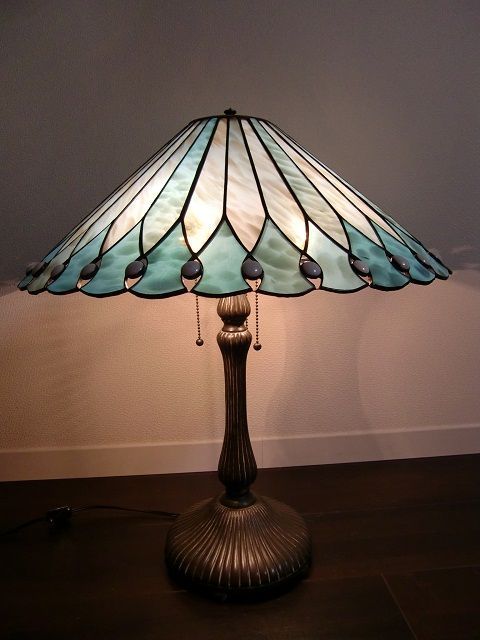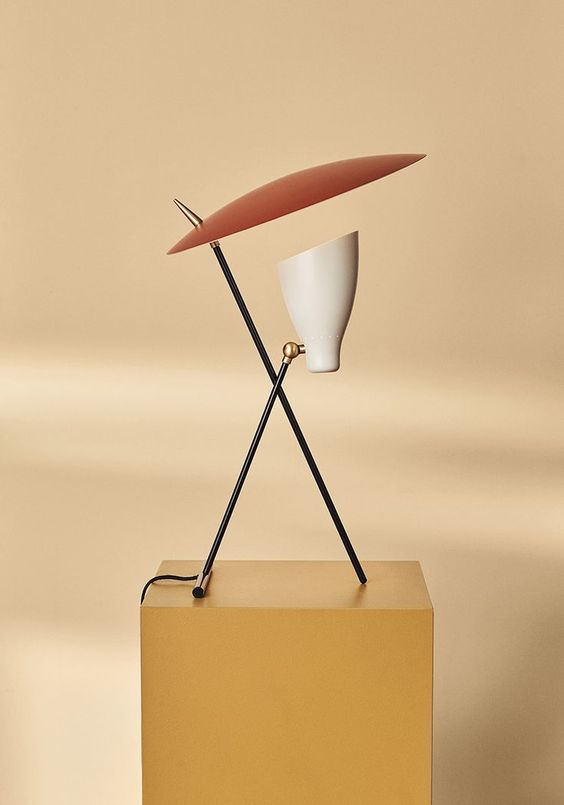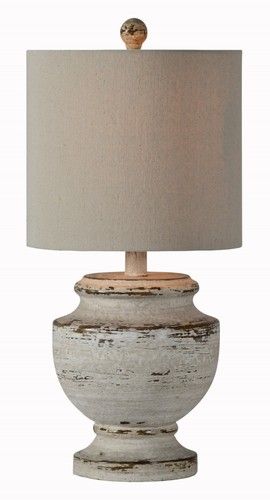My okra plants are producing now! Grown from seed started indoors in April.
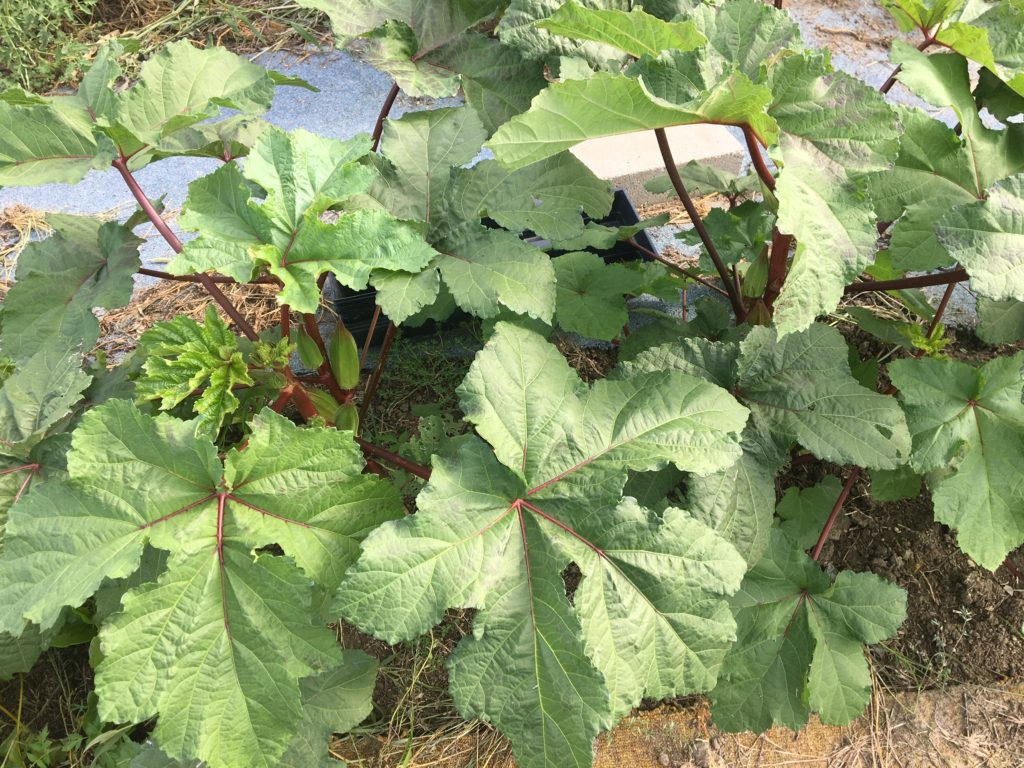
It was first cultivated in Ethiopia. Records of its cultivation in ancient Egypt date to over 3000 years ago! In the following centuries was spread throughout Africa, the Middle East, and Asia. Okra was first brought to the Caribbean and Southern United States by the slave trade sometime in the 1600s.
It’s a member of the mallow family, related to plans like hibiscus, cotton, and hollyhock. Though it does well in hot climates and will tolerate drought, okra performs best in rich, moist soil.
There are many okra recipes including many kinds of gumbo. I slice the pods and fry them along with summer squash.
